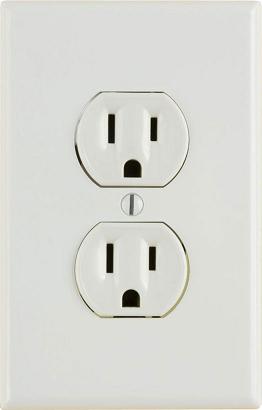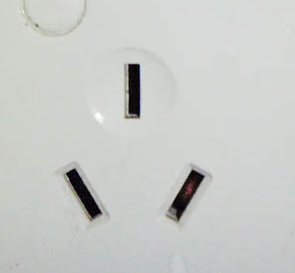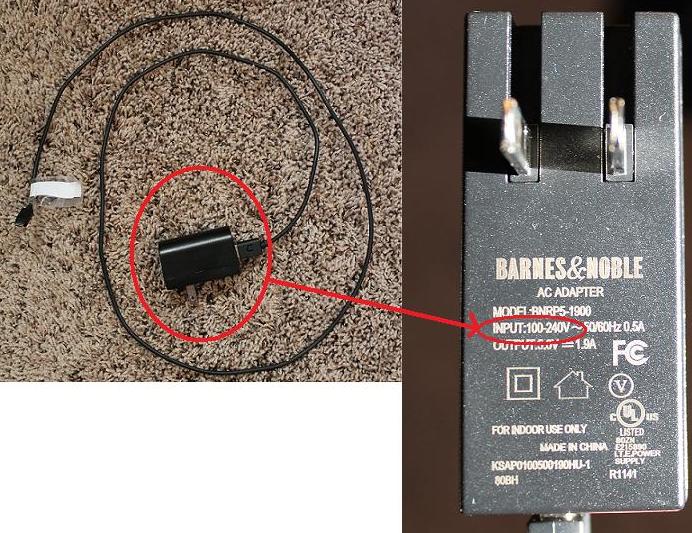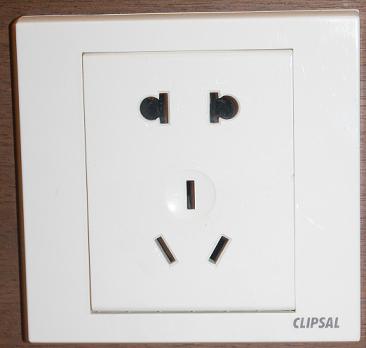Travelling With Electrical Devices Inside China
This guide is written for the traveler from the USA traveling to China. I've traveled to China twice in the past 7 years -- most recently in June 2012. I'm writing up this quick summary because prior to my travels I found it difficult to get an answer to the most basic of questions: How do I power and recharge electrical devices while in China? I'm talking about charging a laptop, a camera battery, a digital camcorder battery, powering a hairdryer, cell phone, etc.The Quick Answer to the Question: How Do I Power and Recharge Electrical Devices While in China?
The quick answer is this: buy 3 or 4 of these outlet adapters *. The adapter is affordable. I don't work for the company that produces the device. After purchase (or now if you prefer), watch my video on how to operate the adapter. That's it! If you want a more in depth explanation keep reading.* I traveled for 17 days (on my most recent trip) all through China using these adapters and had no issues. They worked great. Here's a picture I took of the adapter in use in Guangjou China in June 2012. Others have also had good luck using this adapter in China.
USA Power vs. China Power
When dealing with consumer power there are really only 2 variables to consider, 1) the voltage, 2) how to get to that voltage (the plug configuration). If the voltage is too high it will burn up the device (I'll talk about converting power later). If the configuration of the plug doesn't work, one can't get to the power.Power that comes from the outlet here in the USA is 120 Volts. Further, it has a certain plug configuration (see below):

Power in China is 220 Volts. And the outlet is configured differently (see below):

So, we have two immediate issues, 1) the voltage is too high for our 120V devices, and 2) the plug configurations are different. Let's deal with the voltage problem first. Most people think that the answer to the voltage issue is to purchase a power converter that steps down the 220V to 120V. While this seems like a good idea, it's probably not necessary. As an example, pull out the power cord for one of the items you plan to take on your trip to China. The example I'll use is the power cord/charger for our Nook that we brought to China. We brought the Nook so the kids could have games to play, to provide a way to check email, and to have books to read. So, below is what the back of the nook cord/charger looks like:

If you look next to the word INPUT you'll see that it says 100V - 240V. That means you can plug this device into any outlet that supplies that range of power. So presto! We know that we don't need a device to convert the power (to step it down) from 220V to 120V, the device will do that for us. There's a converter built in. But what about devices that don't have built in converters? Look harder for the electrical protocols for the device. Below is where I found the protocols for my wife's curling iron:

So, as you can see even a curling iron will convert and work properly. But, her blow dryer won't convert. I would recommend finding a way NOT to bring electrical appliances that won't convert. You could buy and bring a converter, but they are notoriously fickel.
But remember, if that hair dryer is plugged into the standard 220V outlet (presumably through an adapter) it will burn it up. We didn't buy or bring a power converter and did just fine.
The next issue then is the plug configuration. Once you've decided your electronic device will work with the voltage, all that's left is to get at the power in the wall. It's generally just a matter of configuration now. So, the adapter I recommend has angled plugs that will allow the adapter to access the outlet power. Then just plug the device into the adapter.
Some of the outlet jacks in China will have plugs suitable for USA devices such as below:

But, you still need an adapter since you can't rely on your hotel(s) having these outlet configurations. And, you may still need an adapter for reasons I won't go into. And remember, Chinese construction isn't at all like that found in the USA -- you will not see a plethora of outlets in your hotel suite. There will be one or two in most rooms and one in the bathroom. If you're charging your camera battery, a nook, a Video camera battery, and a laptop you will have your hands full. Especially since most of us, when tourists, wait until the last second and then try to charge everything at once.
Hertz (Cycles per Second)
You may have noticed that I never mentioned checking the Hertz of any device. That's because my main focus is on using electronic devices with converters built in. When the converter is built in the converter also steps up the Hertz. So, you should not have to consider the Hertz issue. Just follow my guidelines from above without regard to Hertz.At this time you should watch my video to see how to operate the adapter.